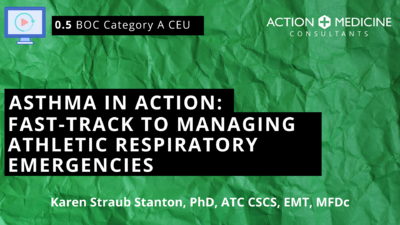General Course Information
Learning Material
33:17
AI Chat Bot
The chat bot may hallucinate. Please double check results.
Asthma In Action: Fast Track to Managing Athletic Respiratory Emergencies › Learning Material
Presentation (Video)
Updated Apr 23, 2024
Copyright © 2025 Action Medicine Consultants, LLC
___MESSAGE___
___MESSAGE___


